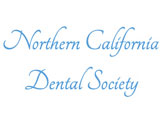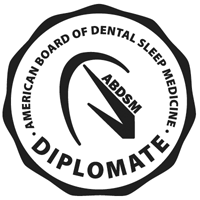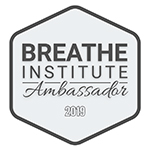What is TMD?
TMD, or Temporomandibular disorders, are disorders affecting the jaw muscles, temporomandibular joints, and the nerves that are connected to chronic facial pain. TMD is often characterized by problematic symptoms in the jaw area. While the causes of TMD aren’t always clear, symptoms can sometimes be attributed to a jaw, neck, or head injury, osteoarthritis or arthritic inflammation in the joint, or a dislocation of the disc that allows the joint to move properly. Long-term teeth grinding or clenching can also lead to a dysfunctional temporomandibular joint.
At our Redding office, Dr. Barnhart specializes in the treatment of Temporomandibular disorders with multiple approaches that are customized to each patient.
What are the Symptoms of TMD?
TMD can be characterized by multiple, and often painful symptoms, including:
- Jaw discomfort or soreness
- Headaches
- Pain that spreads behind the eyes, in the face, or that affects the shoulders, neck, or back
- Earaches/ringing in the ears that isn’t caused by any other condition
- A clicking or popping in the jaw
- Locking of the jaw while talking or eating
- Limitation of mouth motions
- Teeth clenching/grinding
- Dizziness
- Teeth sensitivity that’s not caused by another oral condition
- Numbness or tingling sensation in the fingers
- A change in the fit of the upper and lower teeth
TMD Treatment
Dr. Barnhart takes a multi-treatment approach to Temporomandibular disorders as a part of our larger focus on Airway-Focused Dentistry and will discuss your treatment options with you during your consultation. Some of the available and most effective treatment options for TMD are:
- TMD/TMJ appliances. In some cases of TMD, an oral appliance will be created to stabilize the joints of the jaw and reduce symptoms. Dr. Barnhart often uses the Oasis splints therapy system and other devices depending on each patient’s TMD severity and needs.
- Myofunctional therapy. This highly effective therapy is used to treat multiple orofacial conditions, including TMD. Myofunctional therapy is used to help the mouth develop and maintain proper oral posture and function and can also stabilize the jaws to help TMD.
- Imaging To get the best idea of your specific condition, Dr. Barnhart may recommend receiving imaging to determine the best way forward with your treatment to achieve optimal results.
Don’t Leave TMD Untreated – Schedule a Consultation Today
TMD problems are common and currently affect over 10 million Americans, but even minor TMD problems can lead to much more serious, and unexpected, health issues if left untreated. Contact us today or schedule an appointment online!













